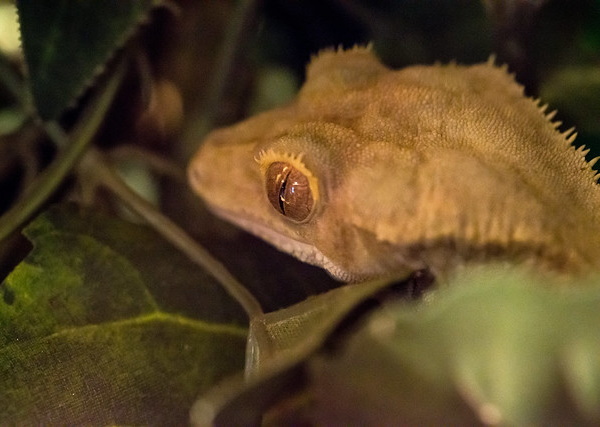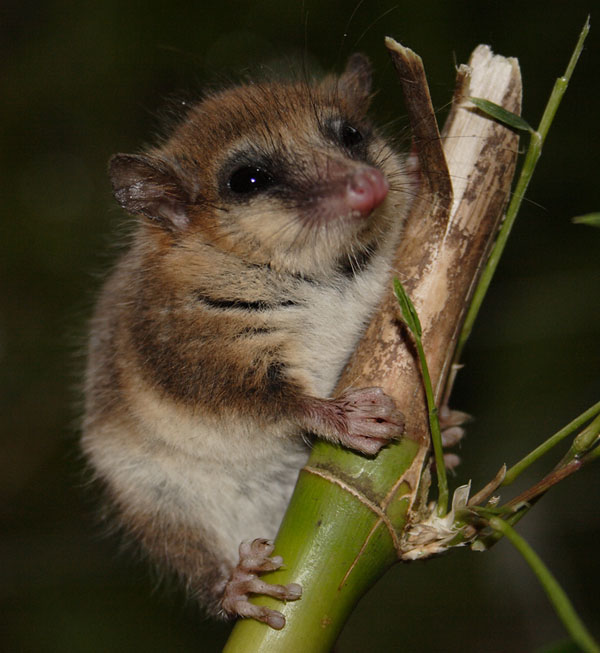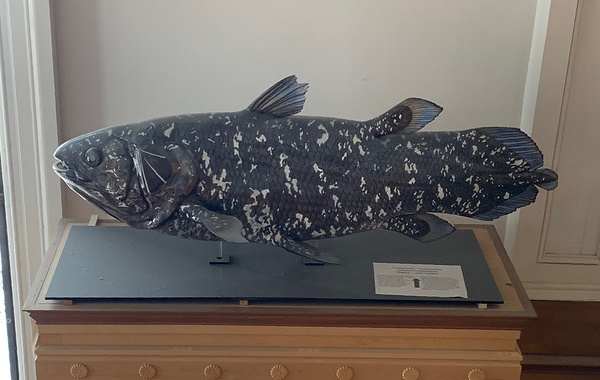New Caledonian Crested Gecko
 (image via: Herman Pijpers)
(image via: Herman Pijpers)
The New Caledonian Crested Gecko (Correlophus ciliatus) is native to the South Province region of New Caledonia, a French island territory in the southwest Pacific Ocean. The species was first described in 1866 but live specimens proved impossible to find and the species was thought to have gone extinct. In 1994, however, several live lizards were re-discovered in the aftermath of a tropical storm, and the wild population is now thought to be surprisingly large and relatively stable. New Caledonian Crested Geckos are in demand through the pet trade, as these rather large (up to 10″ long) lizards can live up to 20 years in captivity.
Monito del Monte
 (image via: José Luis Bartheld)
(image via: José Luis Bartheld)
The Monito del Monte (Dromiciops gliroides) is a marsupial yet it doesn’t live in Australia, instead being native to a small region of highland forests straddling the Chile-Argentina border in southwestern South America. Scientists believe that Australia’s marsupials originated in South America, dispersing to the now-island continent about 55 million years ago when Australia and South America were connected via an unfrozen Antarctica. The ancestors of Monito del Monte split off from the base marsupial lineage before the dispersal event.
 (image via: Biodiversity Heritage Library)
(image via: Biodiversity Heritage Library)
First described in 1894 by zoologist Oldfield Thomas, the tiny (11–12.5 cm or 5 inch long plus tail) Monito del Monte is a true living fossil. What’s more, the species enjoys a unique seed dispersal relationship with the Loranthacous mistletoe, whose seeds it eats. It’s believed that Monito del Monte is the only dispersal venue for the mistletoe and should Monito del Monte become extinct, the mistletoe would soon follow.





